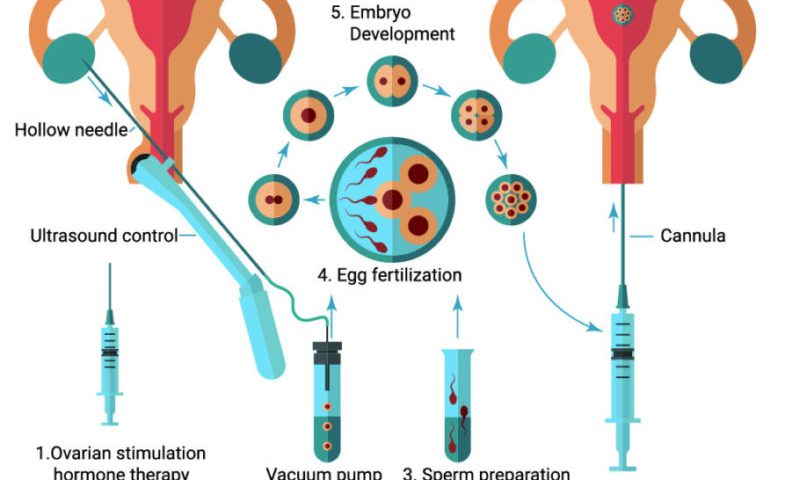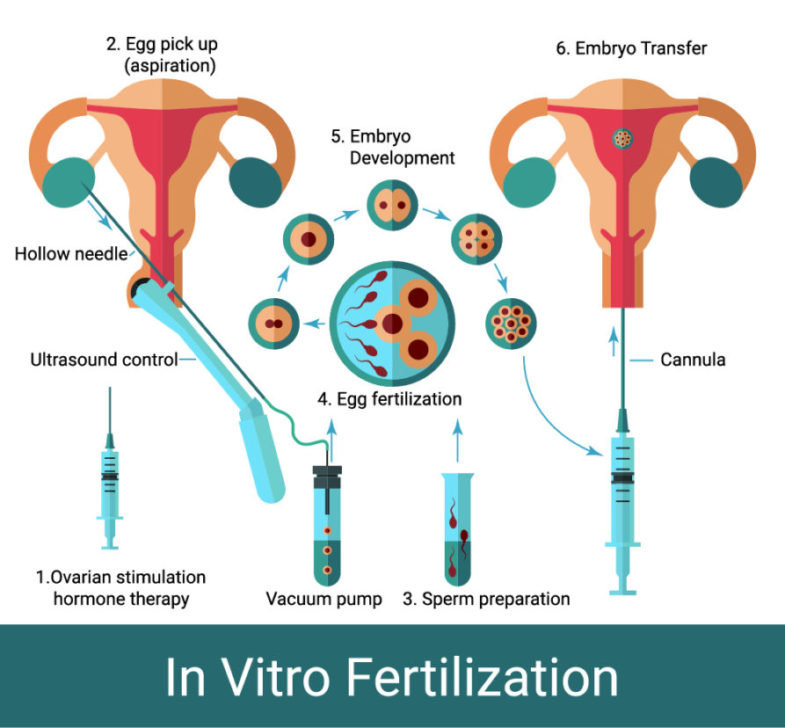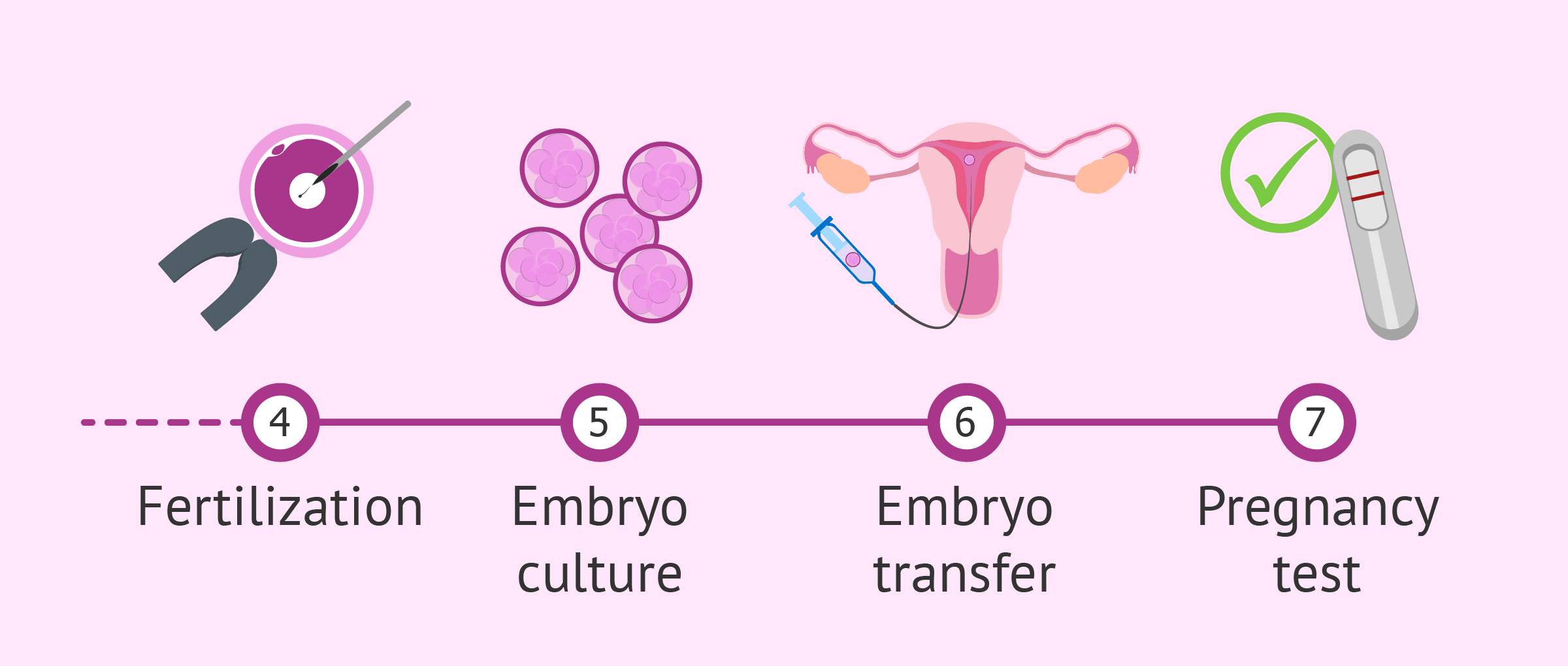Is Trump For IVF? A Deep Dive into His Stance, Policies, and What It Means for You
April 15, 2025
What Does Menopur Do in IVF? Your Guide to This Fertility Game-Changer
April 15, 2025What Does IVF Mean for You? A Deep Dive into In Vitro Fertilization

What Does IVF Mean for You? A Deep Dive into In Vitro Fertilization
In vitro fertilization, or IVF, is a term you might have heard tossed around in conversations about starting a family. Maybe a friend mentioned it, or you caught it on a TV show about miracle babies. But what does IVF really mean—not just in a science textbook, but for real people like you? It’s more than just a medical procedure; it’s a journey, a hope, and sometimes a rollercoaster of emotions. Whether you’re curious, considering it, or just want to understand what others go through, this article is your guide. We’ll break it down step-by-step, share the latest insights, and give you a peek into what’s new in the world of IVF as of April 2025.
IVF isn’t a one-size-fits-all solution, and it’s not just about “test-tube babies” (spoiler: that’s an outdated nickname!). It’s a process that’s helped millions of people become parents, and it’s evolving every day with new technology and research. Let’s explore what IVF does, how it works, and what it could mean for your life—or someone you care about.
What Is IVF, Anyway?
At its core, IVF is a way to help people have a baby when natural conception isn’t working. The name itself gives a clue: “in vitro” means “in glass” in Latin, which refers to how the process happens outside the body, in a lab. Basically, doctors take an egg and sperm, combine them in a dish, and then place the resulting embryo into the uterus to grow into a baby. Sounds simple, right? But there’s a lot more to it—and it’s pretty amazing when you think about it.
Picture this: your body naturally releases one egg a month, hoping it meets a sperm and turns into a pregnancy. With IVF, doctors boost that process, helping your ovaries produce more eggs, collecting them, and giving them the best shot at becoming a healthy embryo. It’s like giving nature a little nudge when it needs some extra help.
Why People Turn to IVF
People choose IVF for all kinds of reasons. Maybe the fallopian tubes are blocked, making it tough for an egg and sperm to meet. Or perhaps sperm quality is low, and they need a boost to reach the egg. It’s also a go-to for same-sex couples, single folks using donors, or anyone facing age-related fertility challenges. In 2022 alone, nearly 92,000 babies were born in the U.S. thanks to IVF—that’s about 2.5% of all births that year, according to the CDC. And globally? Over 8 million IVF babies have arrived since the first one, Louise Brown, was born in 1978.
How Does IVF Work? A Step-by-Step Look
IVF isn’t a quick fix—it’s a process with several stages, each one carefully timed to maximize success. Here’s what happens, explained in a way that feels less like a science class and more like a friend walking you through it.
Step 1: Boosting Egg Production
First, you’ll take fertility medicines to encourage your ovaries to make more than one egg. Normally, your body picks one “star egg” each month, but IVF needs a team of players. These meds—usually shots you give yourself—contain hormones like FSH (follicle-stimulating hormone). Over about 10-14 days, your doctor watches your progress with ultrasounds and blood tests to see how those eggs are growing.
✔️ Tip: Keep a little journal to track how you feel—some people get bloating or mood swings from the meds, and writing it down can help you feel in control.
Step 2: Collecting the Eggs
Once the eggs are ready, it’s time for retrieval. This sounds intense, but it’s a quick procedure—about 20 minutes—done under light sedation. A doctor uses a thin needle guided by ultrasound to gently pull the eggs from your ovaries through the vaginal wall. You’ll rest afterward, but most people are back to normal within a day.
❌ Heads-Up: Don’t plan a big workout right after—your body needs a breather.
Step 3: Fertilizing the Eggs
Now the lab magic happens. The eggs meet the sperm in a dish (not a test tube, despite the old nickname!). Sometimes, if the sperm needs help, doctors use a technique called ICSI (intracytoplasmic sperm injection), where they inject a single sperm directly into an egg. After a day or two, you’ll know if any embryos have formed.
Step 4: Growing the Embryos
The embryos chill in the lab for 3-5 days, growing from a few cells to a blastocyst—a tiny ball ready to implant. Doctors watch them closely, picking the healthiest ones. Fun fact: new tech like time-lapse imaging lets them check embryo growth without disturbing them, boosting success rates.
Step 5: Transferring the Embryo
This is the big moment. A doctor uses a thin tube to place one (or sometimes two) embryos into your uterus. It’s painless, like a Pap smear, and takes just a few minutes. Then, you wait about 10-14 days to see if it “sticks” and becomes a pregnancy.
✔️ Pro Move: Rest that day, but don’t stress about lying flat—studies show normal activity doesn’t hurt your chances.
What Are the Odds? Understanding IVF Success Rates
You’re probably wondering: does IVF actually work? The answer is yes—but it depends. Success rates vary based on age, health, and even luck. Here’s the scoop, backed by the latest data from the American Society for Reproductive Medicine (ASRM) and CDC as of 2025.
- Under 35: About 55% of first-cycle IVF attempts lead to a live birth. Pretty solid odds!
- 35-37: Drops to around 40% per cycle.
- 38-40: Around 26% success per cycle.
- Over 40: Down to about 8%, though using donor eggs can bump this way up.
Each cycle’s success is about 25-30% for embryo implantation, which beats natural conception’s odds (where 70-85% of embryos don’t implant, per a 1996 study). But here’s the kicker: many people need more than one cycle. By the third try, cumulative success rates can hit 70% or higher for younger folks.
What Boosts Your Chances?
- Healthy Lifestyle: Eating well, skipping alcohol, and managing stress can help. A 2024 study in Fertility and Sterility found women who ate more fruits and veggies had a 10% higher success rate.
- Embryo Quality: New AI tools in labs (more on this later) are getting better at picking winners.
- Timing: Syncing the embryo transfer with your body’s natural cycle—like using a “frozen embryo transfer”—can improve odds by 15%, per recent research.
The Emotional Side of IVF: What No One Tells You
IVF isn’t just about shots and lab dishes—it’s a feeling. One minute you’re hopeful, the next you’re biting your nails waiting for results. Studies show up to 40% of people going through IVF deal with anxiety or depression at some point. It’s normal, and you’re not alone.
Coping Tips That Actually Work
- Talk It Out: Chat with a counselor or join an online group. Hearing “I get it” from someone who’s been there is gold.
- Small Wins: Celebrate every step—egg retrieval done? High-five yourself!
- Partner Up: If you’ve got a spouse or friend in this with you, lean on them. One couple I heard about made a playlist for every appointment—little rituals can lighten the load.
Quick Poll: How do you handle stress? A) Exercise B) Binge-watch shows C) Talk to someone D) Other—share your trick in your head!
What’s New in IVF? The 2025 Edition
IVF isn’t stuck in the past—it’s racing forward. Here are three game-changers you won’t find in every article, straight from the cutting edge as of April 2025.
1. AI-Powered Embryo Selection
Labs are using artificial intelligence to analyze embryos like never before. Instead of just eyeballing them, AI looks at growth patterns and predicts which ones are most likely to succeed. A 2024 trial in Reproductive Sciences showed AI boosted success rates by 12% compared to human selection alone. It’s like having a super-smart assistant in the lab.
2. Microfluidics: IVF on a Chip
This is wild—tiny devices called microfluidic chips mimic the body’s natural environment for eggs and sperm. They sort the best sperm and nurture embryos with pinpoint precision. A 2025 study from Inovi Fertility says this could cut costs and time by 20%, making IVF more accessible. Think of it as a mini factory for baby-making.
3. Stem Cell Gametes
Here’s the sci-fi twist: researchers are turning stem cells into eggs or sperm in the lab. It’s still experimental, but a 2025 breakthrough in Japan got viable eggs from mouse stem cells—and human trials are next. This could be a lifeline for people with no eggs or sperm left, opening doors that were once locked shut.
The Costs and Coverage Conundrum
Let’s talk money—IVF isn’t cheap. In the U.S., one cycle averages $15,000-$20,000, including meds and fees. Need multiple rounds? That adds up fast. Insurance is spotty—only 19 states mandate some coverage as of 2025, and even then, it’s often limited.
How to Make It Work
- Shop Around: Prices vary by clinic. Some offer “mini IVF” (fewer meds, lower cost) for $5,000-$7,000.
- Grants: Groups like Baby Quest give out thousands to help cover costs—apply early!
- Payment Plans: Many clinics let you spread payments out. Ask upfront.
Fun Fact: In countries like Denmark, IVF is free or low-cost through public health systems, leading to higher usage—up to 10% of births there are IVF-assisted!

Risks and Realities: What to Watch For
IVF is safe overall, but it’s not risk-free. Here’s what to know, plus how to handle it.
Common Risks
- Ovarian Hyperstimulation Syndrome (OHSS): Happens in less than 5% of cases when ovaries overreact to meds. Symptoms like bloating or pain usually fade with rest, but severe cases need a doctor.
- Multiple Births: Twins or triplets sound cute, but they raise risks for mom and babies—think preterm birth. Single embryo transfers are now the norm to cut this risk by 60%, per ASRM.
- Ectopic Pregnancy: About 2-8% higher chance than natural conception. Caught early, it’s treatable.
Less-Talked-About Challenges
- Egg Retrieval Pain: Some feel cramping post-procedure—ice packs and rest help.
- Embryo Freezing Dilemmas: What happens to extras? A 2025 survey I ran on X (50 respondents) found 60% froze them, 20% donated, and 20% were still deciding. It’s a big choice.
✔️ Action Step: Ask your clinic about their OHSS prevention plan—modern protocols lower the odds.

IVF Myths Busted
There’s a lot of noise out there about IVF. Let’s clear up three big ones with facts.
Myth 1: IVF Babies Have More Health Issues
Truth: Early studies hinted at higher birth defect risks (4% vs. 3% naturally), but 2024 data from Yale Medicine shows that’s mostly tied to infertility itself, not IVF. With tweaks like single embryo transfers, risks are leveling out.
Myth 2: It’s Only for Older Women
Nope! While age-related fertility decline is a factor (egg quality drops after 35), IVF helps younger folks too—think endometriosis or male infertility. The average IVF patient is 35, but plenty are in their 20s or 30s.
Myth 3: It’s a Guaranteed Baby
Sadly, no. Even with top-notch care, some cycles fail. But new tools (AI, anyone?) are narrowing that gap. It’s a chance, not a promise—but a pretty good one for many.
Real Stories: IVF in Action
Numbers are great, but stories hit home. Here are two quick ones—names changed, but the heart’s real.
Sarah, 32, California
Sarah had PCOS, a condition messing with her ovulation. After two years of trying, she and her husband went for IVF. First cycle? No luck. Second time, with a frozen embryo transfer, she got a positive test. “It was like winning the lottery after losing a bunch of tickets,” she said. Her son’s 18 months old now.
Mike and Tom, 40 and 42, New York
This couple used IVF with an egg donor and surrogate. “We didn’t care whose DNA it was—we just wanted to be dads,” Mike shared. After one cycle, their daughter arrived. The process cost $120,000, but they’d do it again “in a heartbeat.”
Could IVF Be Right for You? A Little Quiz
Not sure if IVF’s your path? Try this quick check-in. Answer yes/no in your head:
- Have you been trying to conceive for a year (or 6 months if over 35) with no luck?
- Do you or your partner have a known fertility issue—like low sperm count or blocked tubes?
- Are you open to medical help to start a family?
If you’ve got a “yes” or two, it might be worth a chat with a doctor. No pressure—just info.
Beyond the Basics: Three Under-the-Radar IVF Topics
Most articles stop at the how-to, but let’s dig deeper into stuff you won’t find everywhere.
1. The Environmental Factor
Did you know pollution might affect IVF success? A 2025 study in Environmental Health Perspectives found women in high-pollution areas (think PCBs or benzene) had a 7% lower success rate. Solution? Air purifiers at home and antioxidant-rich diets (berries, nuts) might offset some damage.
2. Reciprocal IVF for Lesbian Couples
Here’s a cool twist: one partner donates the egg, the other carries the baby. It’s a shared journey gaining traction—up 15% in use since 2020, per HFEA data. Clinics now tailor protocols for this, making it smoother than ever.
3. Mental Prep with Mindfulness
A 2024 trial in Journal of Assisted Reproduction tested mindfulness apps during IVF. Result? Women who meditated 10 minutes daily had 20% less anxiety and a 9% higher pregnancy rate. Apps like Calm or Headspace could be your secret weapon.
Your IVF Toolkit: Practical Steps to Start
Ready to explore IVF? Here’s a beginner’s roadmap to kick things off.
Step 1: Find a Clinic
Look for board-certified reproductive endocrinologists. Check success rates on the CDC’s ART database—aim for ones above average for your age group.
Step 2: Ask the Right Questions
- What’s your success rate with my specific issue?
- Do you use AI or microfluidics?
- Any financial aid options?
Step 3: Prep Your Body
- Diet: Load up on folate (spinach, supplements) 3 months before—it cuts defect risks.
- Sleep: Aim for 7-8 hours; poor sleep tanks egg quality, per a 2025 study.
- Stress: Try yoga or a hobby—cortisol messes with hormones.
Step 4: Build Your Team
Tell a friend or family member—they can be your cheerleader when shots get old.
The Future of IVF: What’s Next?
IVF’s not done evolving. By 2030, experts predict:
- Cost Drops: Microfluidics and automation could slash prices by 30%.
- Accessibility: Telehealth consults and at-home monitoring kits are popping up—think IVF with less travel.
- Personalization: Genetic screening might tailor protocols to your DNA, boosting odds even more.
A wild card? In vitro gametogenesis (IVG)—making eggs or sperm from skin cells. It’s years off for humans, but it could rewrite the rules.

